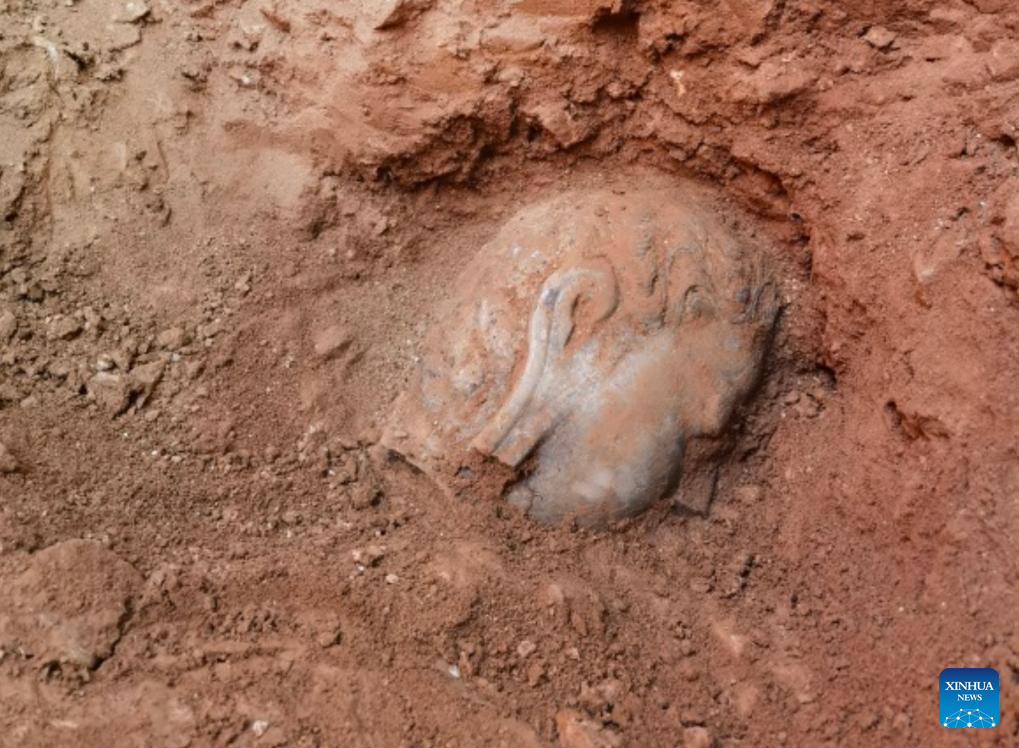Deep within the mystical depths of China's Longmen Grottoes, a UNESCO World Heritage site nestled in central Henan Province, archaeologists have unveiled a treasure trove of stone carvings and architectural remnants.
Amidst the labyrinthine chambers of the Leigutai caves, concealed within the west wall of the south cave, lie more than 80 remarkable artifacts, a testament to the rich tapestry of history woven into these ancient caverns.
This groundbreaking discovery marks the first instance of stone carvings being unearthed within the confines of the Longmen Grottoes. Lu Wei, director of the history and humanities research center at the Longmen Grottoes research institute, heralds this find as a milestone in archaeological exploration.
Leigutai, situated at the southern terminus of the grottoes' Dongshan area, harbors three caverns and numerous niches dotting the cliffside. Among the treasures unearthed are the remarkably intact head of a Buddha, standing at 38 centimeters in height and 22 centimeters in width, alongside fragments of Bodhisattva statues and intricate rosettes and patterns.
This undated file photo shows a Buddha head found inside the west wall of the south cave of Leigutai caves in Longmen Grottoes in Luoyang, central China's Henan Province. Archaeologists have discovered more than 80 stone carvings and building components inside the Leigutai caves in Longmen Grottoes, a UNESCO World Heritage site, in central China's Henan Province.
(Longmen Grottoes research institute/Handout via Xinhua)
Through meticulous analysis, researchers deduce that these relics were meticulously stacked and embedded into the cave wall during the mid to late Ming Dynasty, serving as materials for the repair and fortification of the caverns.
Lu emphasizes the significance of these findings, underscoring their invaluable contribution to the study of Tang Dynasty stone carving art, the historical narrative of the Leigutai caves, and insights into ancient maintenance and restoration practices.
As archaeologists meticulously unearth and examine these ancient wonders, the Leigutai caves stand as a beacon illuminating the timeless allure of China's cultural heritage.
This undated file photo shows a staff member cleaning a Buddha head unearthed from Leigutai caves in Longmen Grottoes in Luoyang, central China's Henan Province. Archaeologists have discovered more than 80 stone carvings and building components inside the Leigutai caves in Longmen Grottoes, a UNESCO World Heritage site, in central China's Henan Province.
(Longmen Grottoes research institute/Handout via Xinhua)









